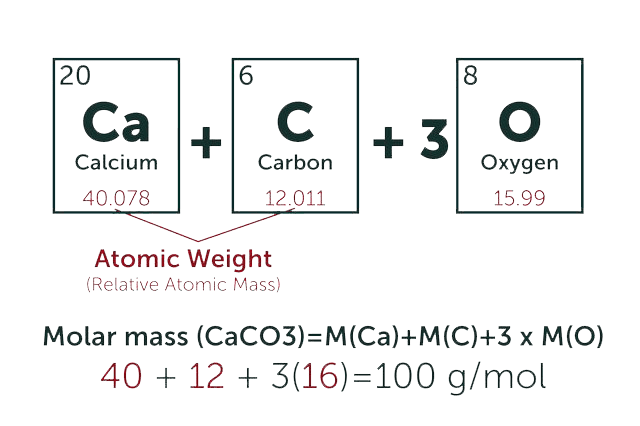Gramicidin S
* Please be kindly noted products are not for therapeutic use. We do not sell to patients.

| Category | Antibiotics |
| Catalog number | BBF-01802 |
| CAS | 113-73-5 |
| Molecular Weight | 1141.46 |
| Molecular Formula | C60H92N12O10 |
| Purity | >95% |
| Catalog Number | Size | Price | Stock | Quantity |
|---|---|---|---|---|
| BBF-01802 | 10 mg | $629 | In stock |
Online Inquiry
Add to cartCapabilities & Facilities
Fermentation Lab
4 R&D and scale-up labs
2 Preparative purification labs
Fermentation Plant
Semi pilot, pilot and industrial plant 4 Manufacturing sites 7 Production lines at pilot scale 100+ Reactors of 30-4000 L; 170+ reactors of 20 KL-30 KL; 24+ reactors of >100 KL 2 Hydrogenation reactors (200 L, 4Mpa and 1000L, 4Mpa)
Product Description
Gramicidin S is an antibiotic produced by the strain of Bacillus brevis. It is effective against some gram-positive and gram-negative bacteria as well as some fungi.
- Specification
- Properties
- Reference Reading
- Price Product List
- QC Data
| Synonyms | Gramicin S-A; Gramicin S 1; Cyclo(L-valyl-L-ornithyl-L-leucyl-D-phenylalanyl-L-prolyl-L-valyl-L-ornithyl-L-leucyl-D-phenylalanyl-L-prolyl); Gramacidine S; Gramicidina S; Gramicidinum S |
| Sequence | cyclo[L(d)FPV{Orn}LDFPV{Orn}] |
| IUPAC Name | (3R,6S,9S,12S,15S,21R,24S,27S,30S,33S)-9,27-bis(3-aminopropyl)-3,21-dibenzyl-6,24-bis(2-methylpropyl)-12,30-di(propan-2-yl)-1,4,7,10,13,19,22,25,28,31-decazatricyclo[31.3.0.015,19]hexatriacontane-2,5,8,11,14,20,23,26,29,32-decone |
| Canonical SMILES | CC(C)CC1C(=O)NC(C(=O)N2CCCC2C(=O)NC(C(=O)NC(C(=O)NC(C(=O)NC(C(=O)N3CCCC3C(=O)NC(C(=O)NC(C(=O)N1)CCCN)C(C)C)CC4=CC=CC=C4)CC(C)C)CCCN)C(C)C)CC5=CC=CC=C5 |
| InChI | InChI=1S/C60H92N12O10/c1-35(2)31-43-53(75)67-45(33-39-19-11-9-12-20-39)59(81)71-29-17-25-47(71)55(77)70-50(38(7)8)58(80)64-42(24-16-28-62)52(74)66-44(32-36(3)4)54(76)68-46(34-40-21-13-10-14-22-40)60(82)72-30-18-26-48(72)56(78)69-49(37(5)6)57(79)63-41(23-15-27-61)51(73)65-43/h9-14,19-22,35-38,41-50H,15-18,23-34,61-62H2,1-8H3,(H,63,79)(H,64,80)(H,65,73)(H,66,74)(H,67,75)(H,68,76)(H,69,78)(H,70,77)/t41-,42-,43-,44-,45+,46+,47-,48-,49-,50-/m0/s1 |
| InChI Key | IUAYMJGZBVDSGL-XNNAEKOYSA-N |
| Appearance | Colorless Flaky Crystal |
| Application | For research use only |
| Antibiotic Activity Spectrum | Gram-positive bacteria; Gram-negative bacteria; Fungi |
| Boiling Point | 1394.8±65.0 °C (Predicted) |
| Melting Point | 265-270 °C (dec.) |
| Density | 1.24±0.1 g/cm3 (Predicted) |
| Solubility | Soluble in low Alcohol; Insoluble in Water |
| BBF-03800 | Moxidectin | Inquiry |
| BBF-04624 | Sulbactam Sodium | Inquiry |
| BBF-03816 | Milbemycin oxime | Inquiry |
| BBF-04727 | Strigolactone GR24 | Inquiry |
| BBF-03428 | Tubermycin B | Inquiry |
| BBF-03963 | Pristinamycin | Inquiry |
Bio Calculators
Concentration (start) x Volume (start) = Concentration (final) x Volume (final)
It is commonly abbreviated as: C1V1 = C2V2


